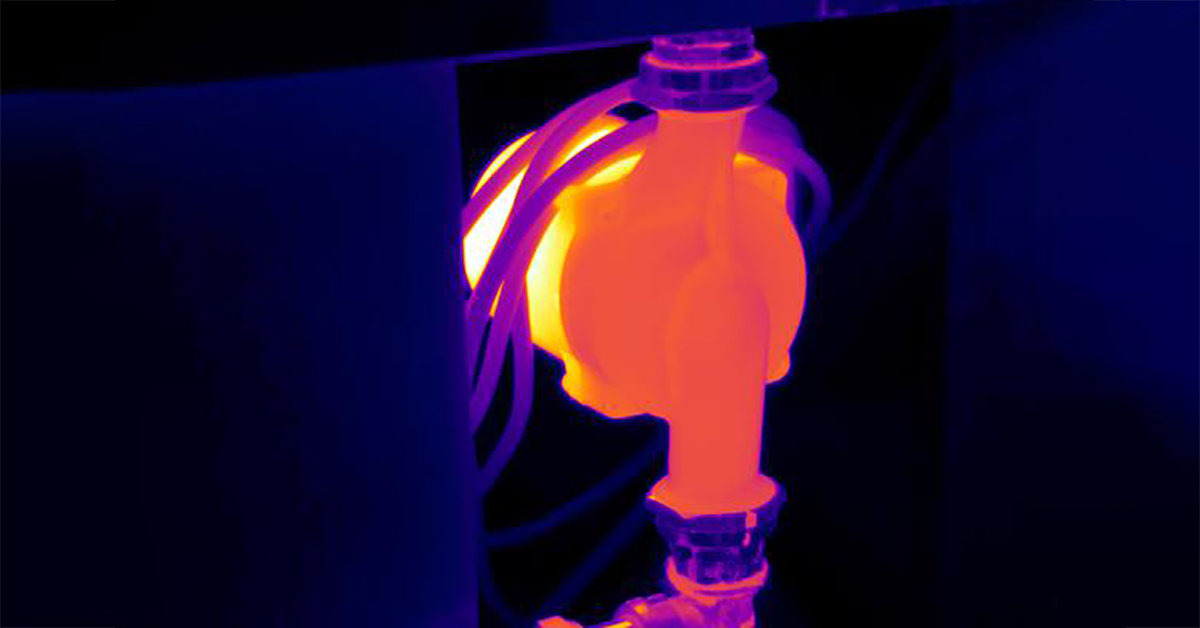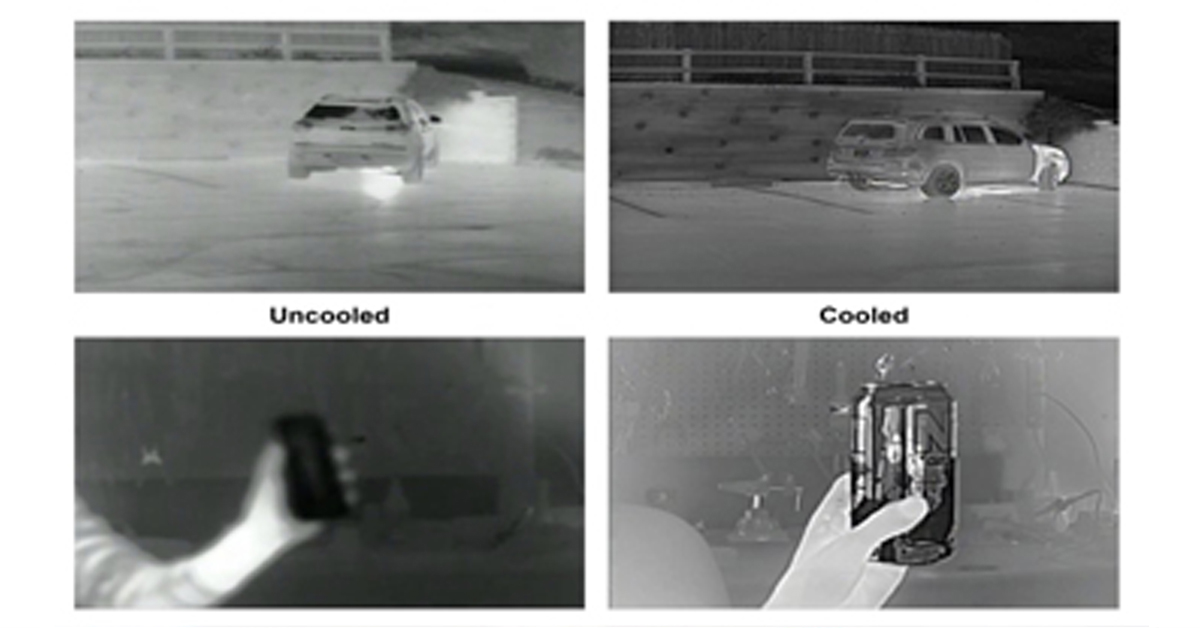
Machine Vision Sensor Review
Today, you have more options when it comes to machine vision camera models than ever. Having that many to choose from is great, but it can also make it harder to narrow down which one will work best for your implementation. Different manufacturers might use different metrics or leave out vital information making comparing cameras models across brands very difficult.
Using the EMVA1288 international standard, FLIR has independently tested 100+ machine vision mono and color camera sensor configurations across a wide range of specifications. Now you can easily see which cameras perform best for the specifications that matter to you.
As an added bonus, we help explain the difference in optical format, readout, pixel structure, technology type, lens compatibility, shutter functionality, sensor illumination, polarization, and much more.
Download the guide for free and make your machine vision camera selection a whole lot easier.
Compare dozens of machine vision camera sensors head to head
Trying to decide between a Sony IMX287 and IMX183? Our sensor review makes it simple to see exactly how they stack up for the specifications that mean the most to you. And the color-coding system makes it easy to immediately differentiate CMOS (global shutter), CMOS (rolling shutter), and CCD sensors.
Clear explanations of metrics like saturation capacity, temporal dark noise, and quantum efficiency help you know exactly what you're looking at allowing you to pick the perfect camera for your machine vision application.
Make accurate comparisons using EMVA1288 standard metrics
Quantum Efficiency
Quantum efficiency (QE) is a measure of what percent of photons are converted to electrons at a specific wavelength by the sensor. QE is often used as an indicator for low light sensitivity.

Temporal Dark Noise (Read Noise)
The amount of noise (or grain) that appears when there is no signal (light). The lower a sensor's temporal dark noise, the cleaner the final image will look.
Absolute Sensitivity Threshold
Absolute sensitivity threshold (AST) is the lowest intensity signal that can be detected above the noise floor of a sensor. AST combines quantum efficiency and temporal dark noise to give you a very useful measure of the actual sensitivity of a sensor. If low-light performance is critical for your application, this is the metric to pay attention to.

Signal to Noise Ratio
It's the ratio between the signal at saturation versus the noise at saturation. The higher the ratio, the greater amount of signal there will be relative to noise. A higher signal to noise ratio means better contrast, clarity, and low-light performance.
Saturation Capacity
The maximum amount of charge that a sensor's pixel can hold. The higher the saturation capacity, the wider the range of brightness that can be captured by a sensor.

Dynamic Range
The ratio between the signal at saturation (maximum brightness) versus the minimum light intensity (minimum brightness) that the sensor can measure. A high dynamic range will enable a sensor to capture greater detail in dark shadows and bright highlights.
Gain
The number of electrons required to observe a change in a 16-bit greyscale. Sensors with higher gain can detect very small differences in brightness in low-light conditions.
Blog Posts


Thermal Camera Selection
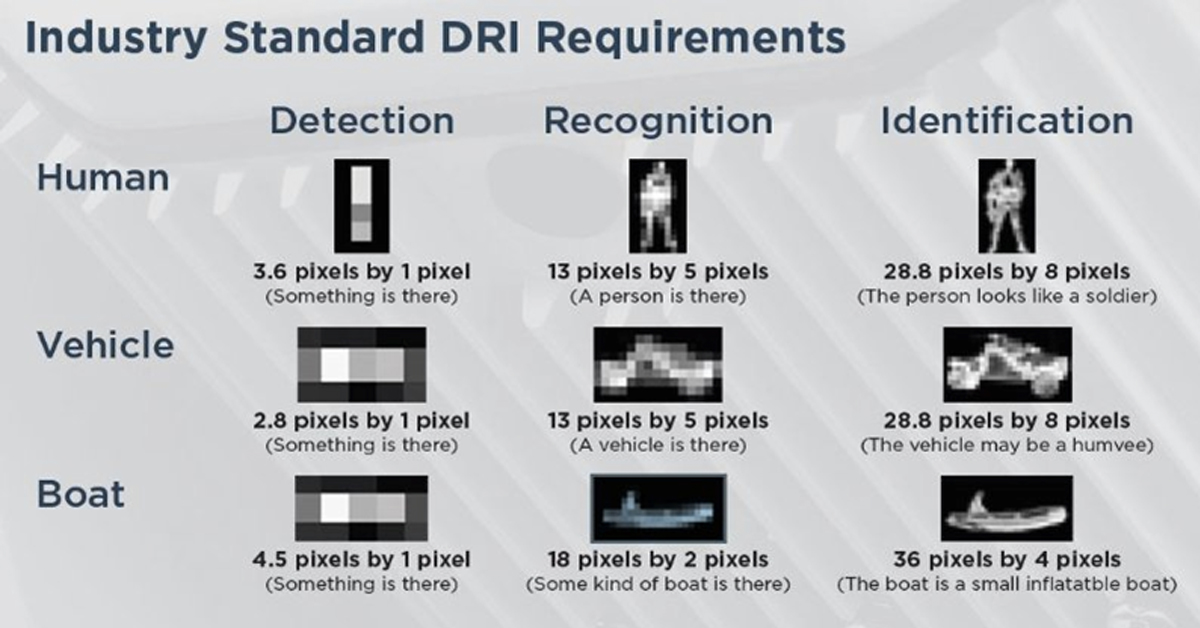
How Far Can I See?

How Should Human Temperature Be Measured?

What is Wide Dynamic Range?
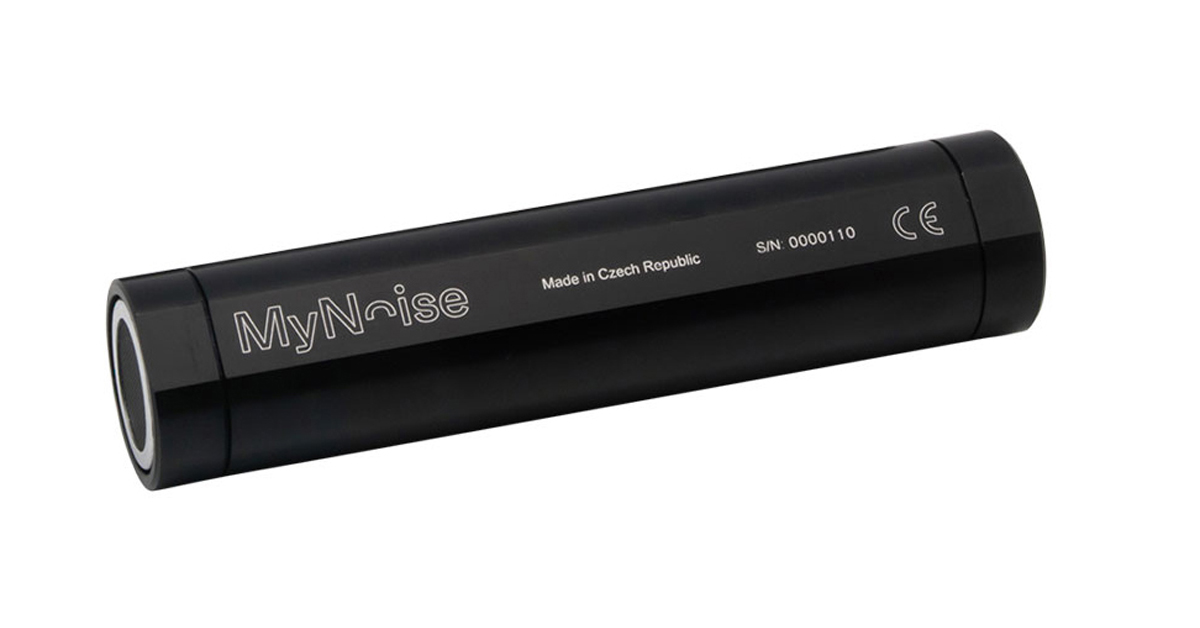
MYNOISE AUDIO MIXER REVIEW

WHAT IS A WIRELESS DISTRIBUTION SYSTEM?

POE VS. POE+ VS. POE++: CHOOSING THE RIGHT INDUSTRIAL ETHERNET SWITCH FOR YOU

INDUSTRY-LEADING INDUSTRIAL ETHERNET SWITCHES

UNDERSTANDING WHAT THE INDUSTRIAL INTERNET OF THINGS IS
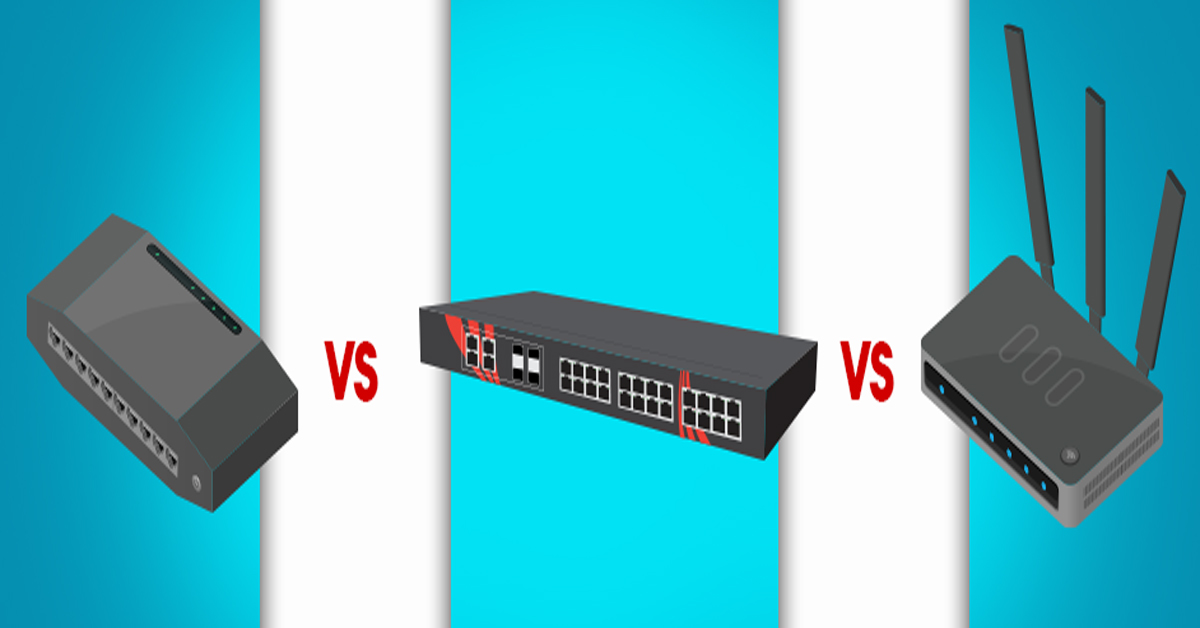
THE DIFFERENCE BETWEEN A HUB, SWITCH, & ROUTER
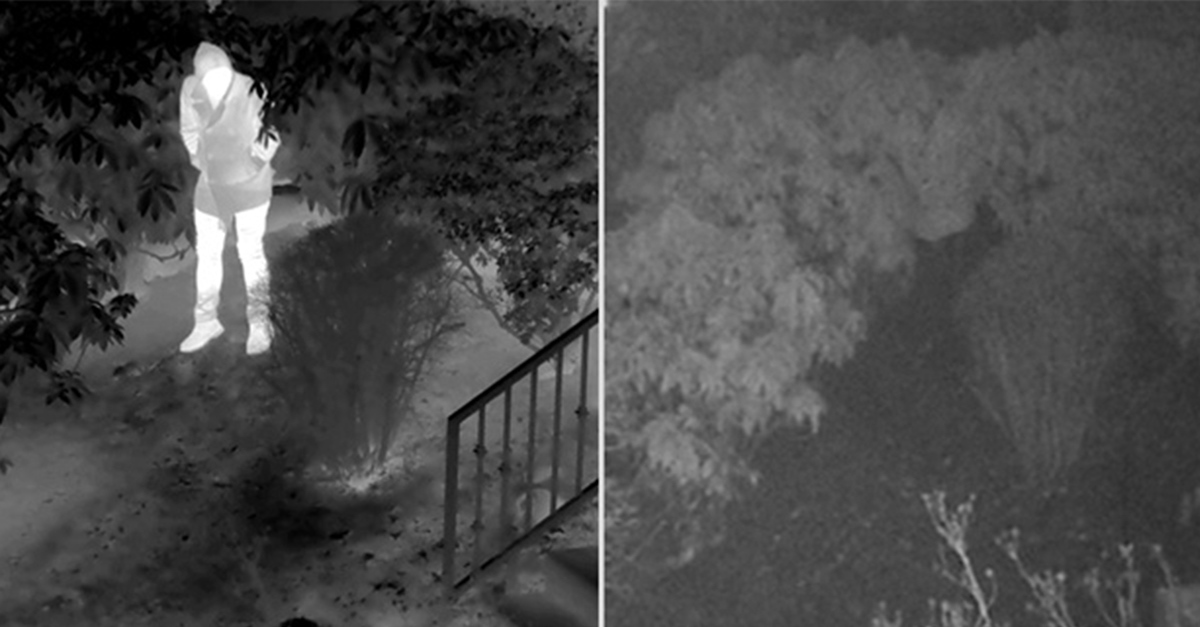
5 Benefits of Thermal Imaging Cameras

DIFFERENCE BETWEEN INDUSTRIAL ETHERNET AND REGULAR ETHERNET

INDUSTRIAL NETWORKING EQUIPMENT USED FOR AUTONOMOUS VEHICLES

CYBERSECURITY: PROTECTING INDUSTRIAL CONTROL SYSTEMS
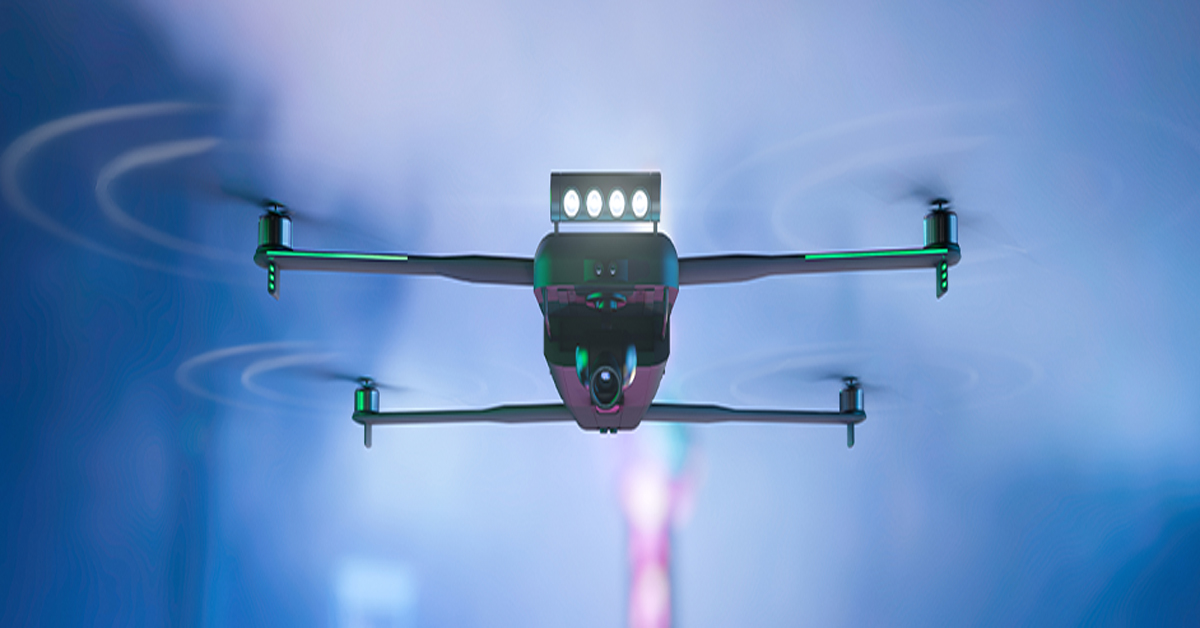
HOW INDUSTRIAL NETWORKING CAN PROVIDE SECURITY FROM DRONES
.webp)
Thermal Cameras Reveal How to Keep Your Home Cool During a Heat Wave
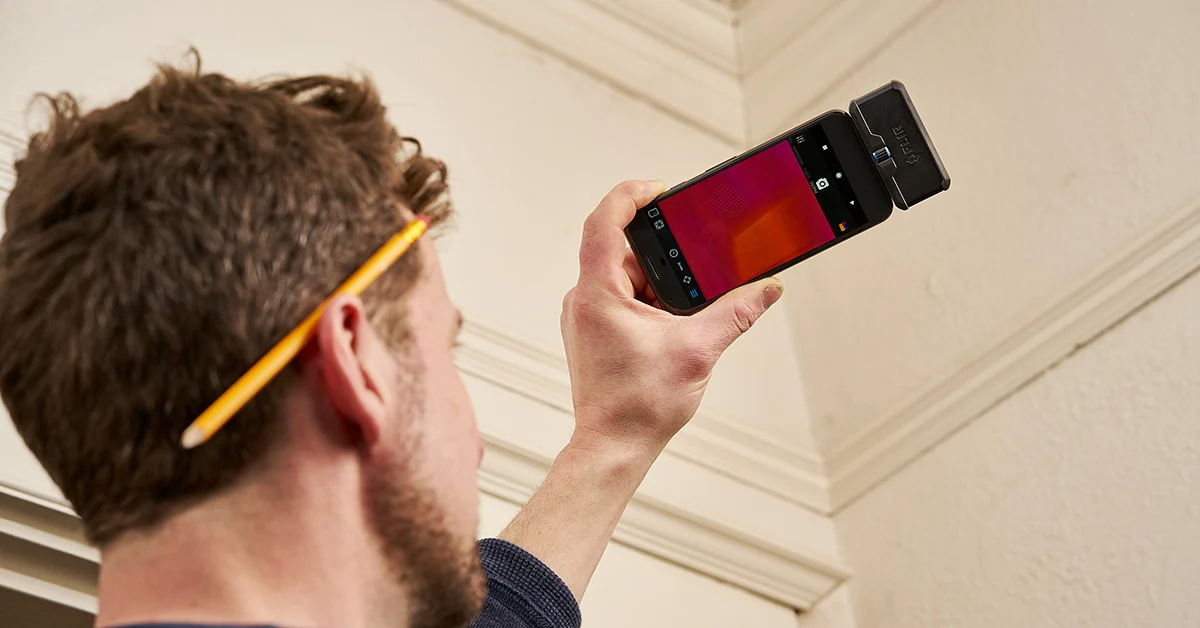
FLıR ONE PRO
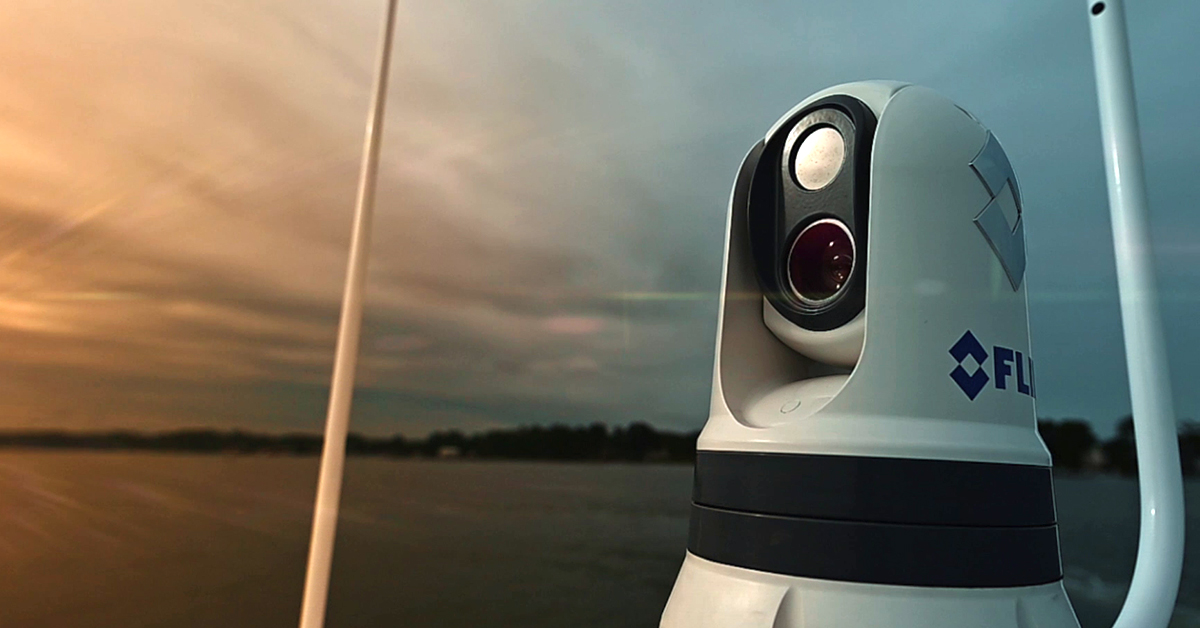
On the Water with the FLIR M364C

Unmatched Maritime Awareness with Cooled Thermal Imaging

What Is the Right Handheld Thermal Camera for You?
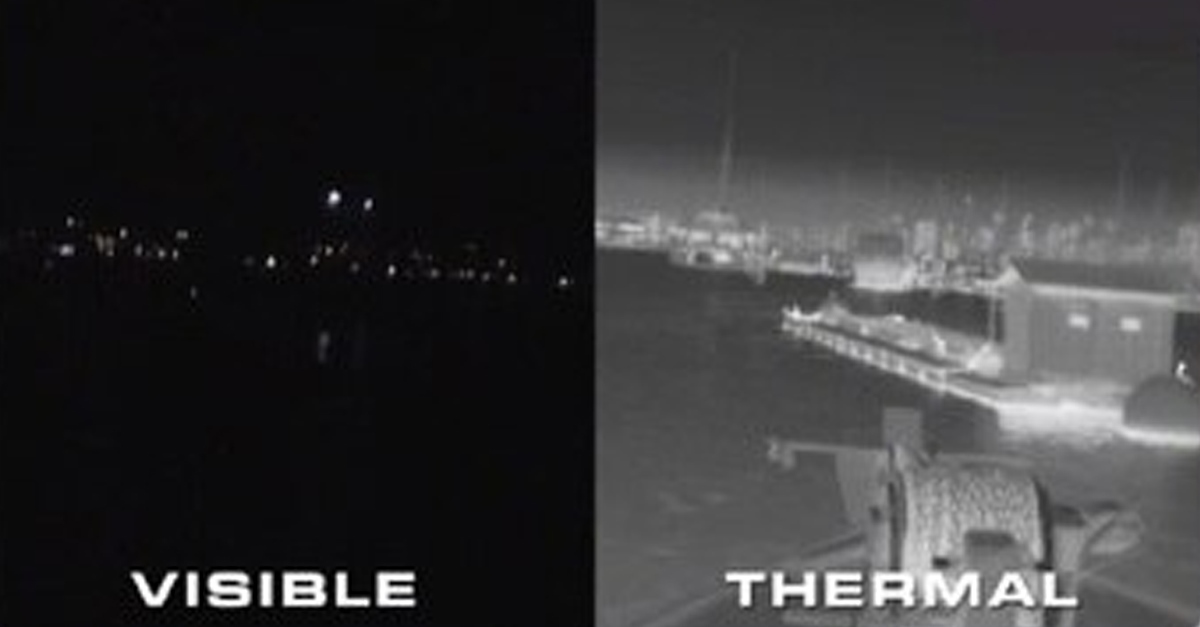
Camera Resolution and Range

Special Applications for Marine Cameras

What’s The Difference between Thermal Imaging and Night Vision?
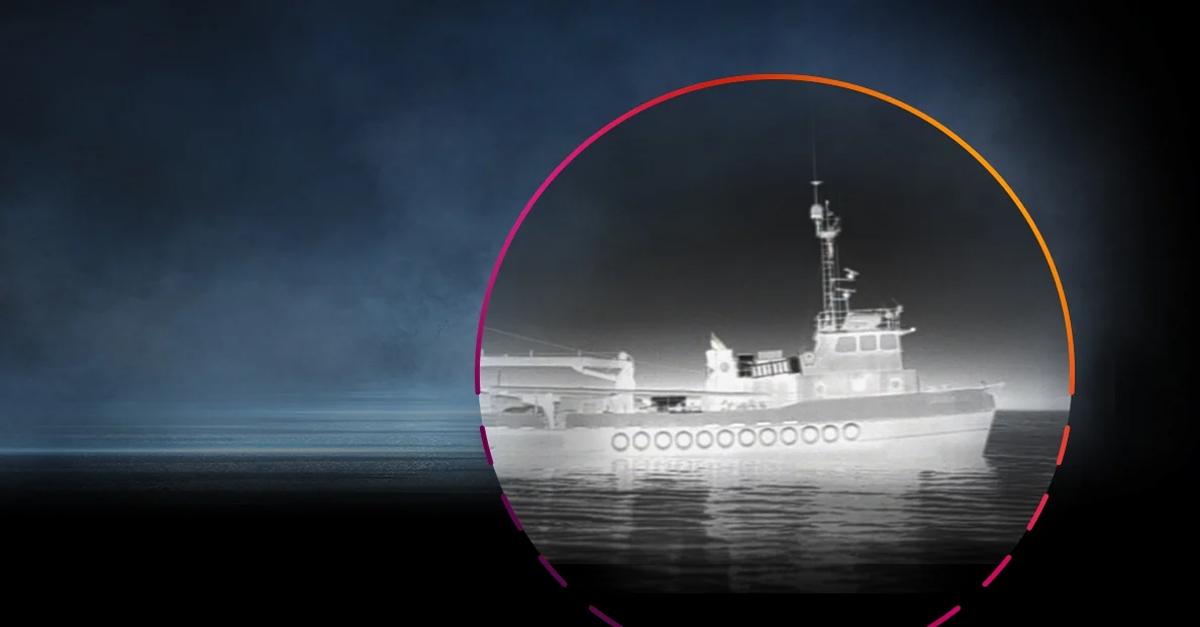
Can Thermal Imaging See Through Fog and Rain?
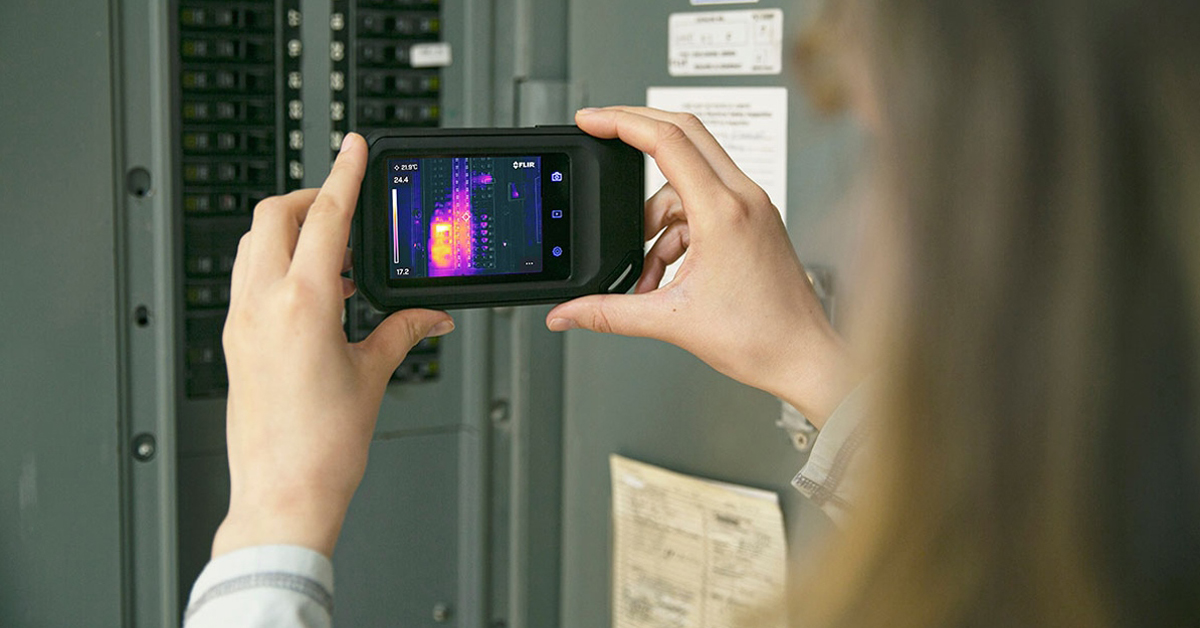
Which Cx-Series Camera Is Right for You?
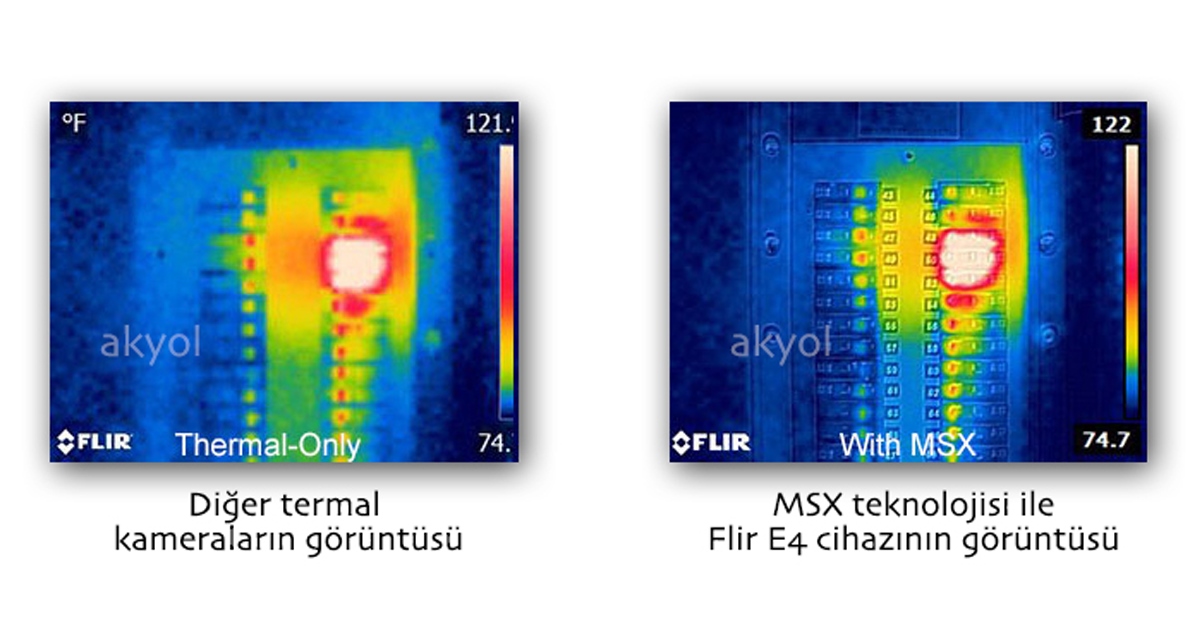
What is MSX®?

Five Reasons Maritime First Responders Need Thermal Imaging
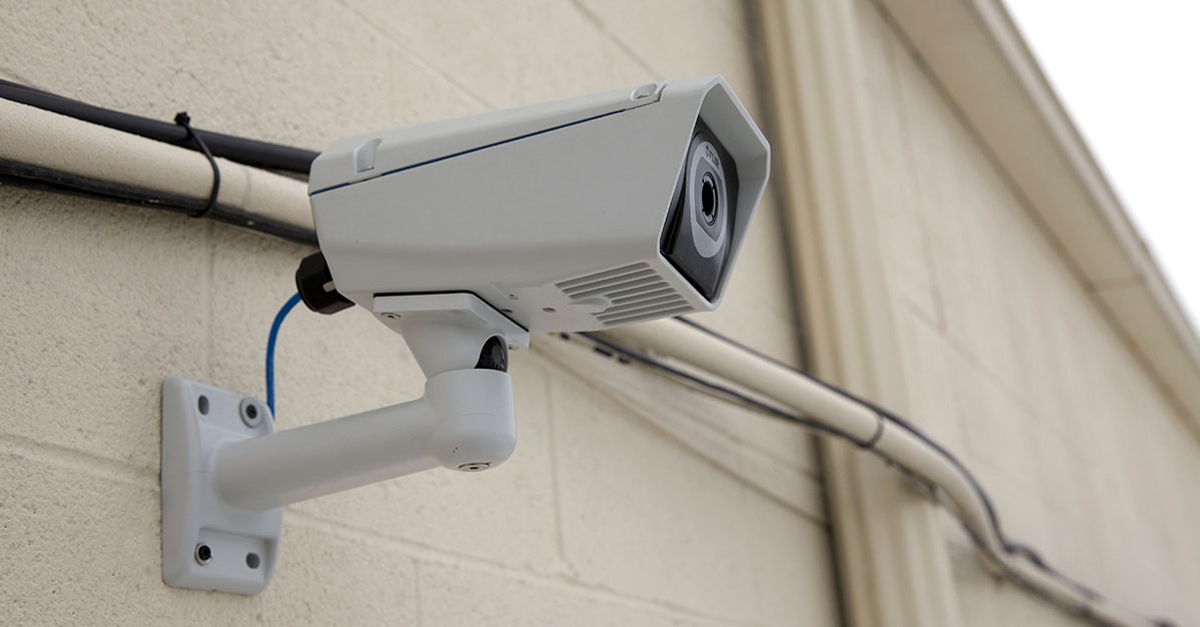
3 Distinguishing Features of Superior Thermal Cameras
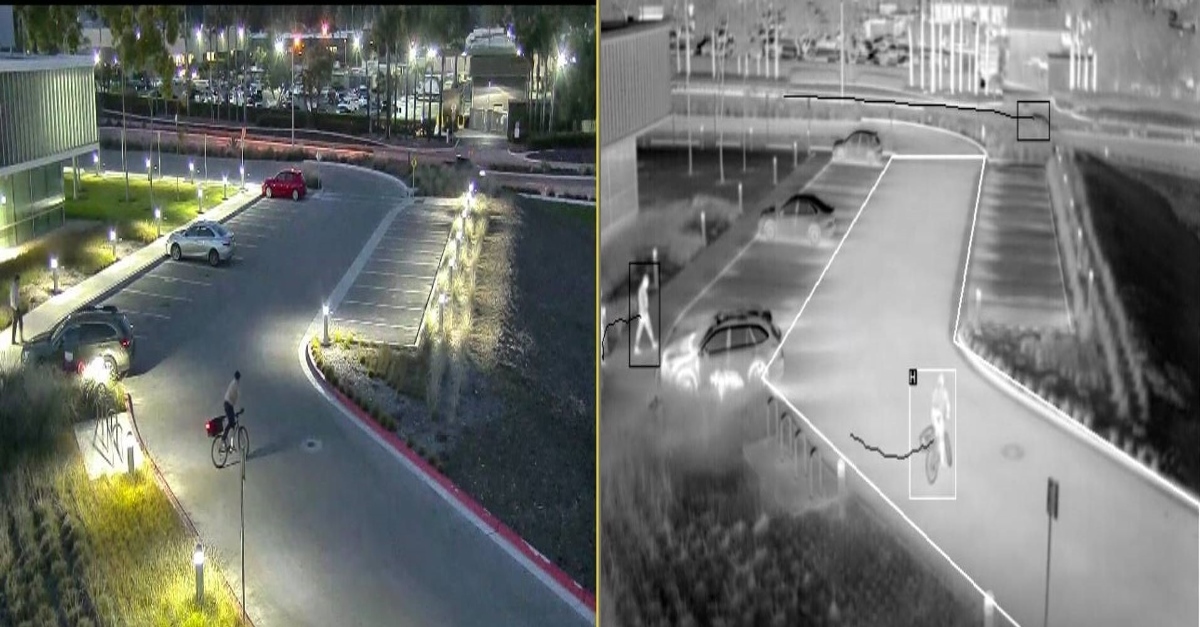
Determine Which Visible and Thermal Security Cameras You Need
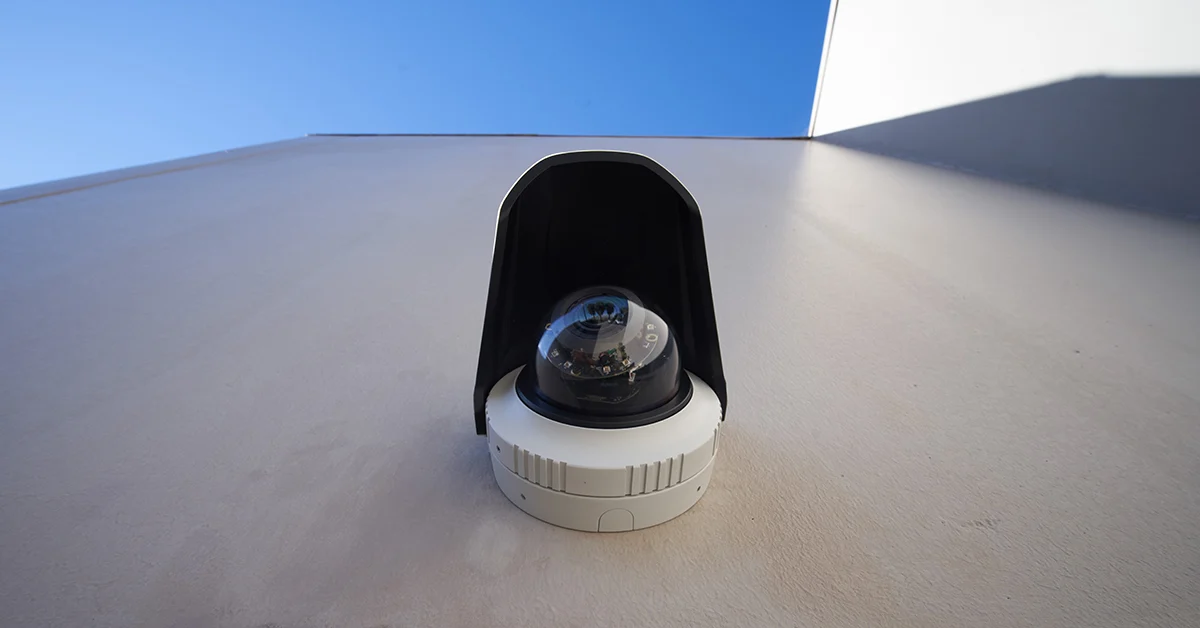
Bullet vs. PTZ vs. Dome: Which Security Camera Is Right for You?
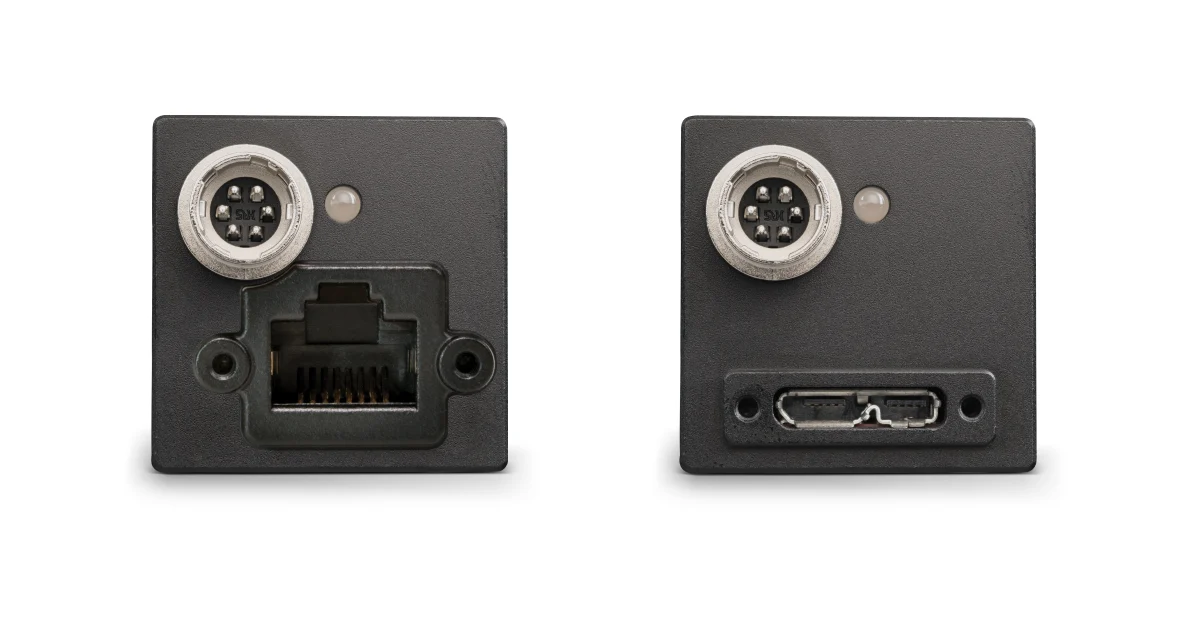
Interfaces for Machine Vision
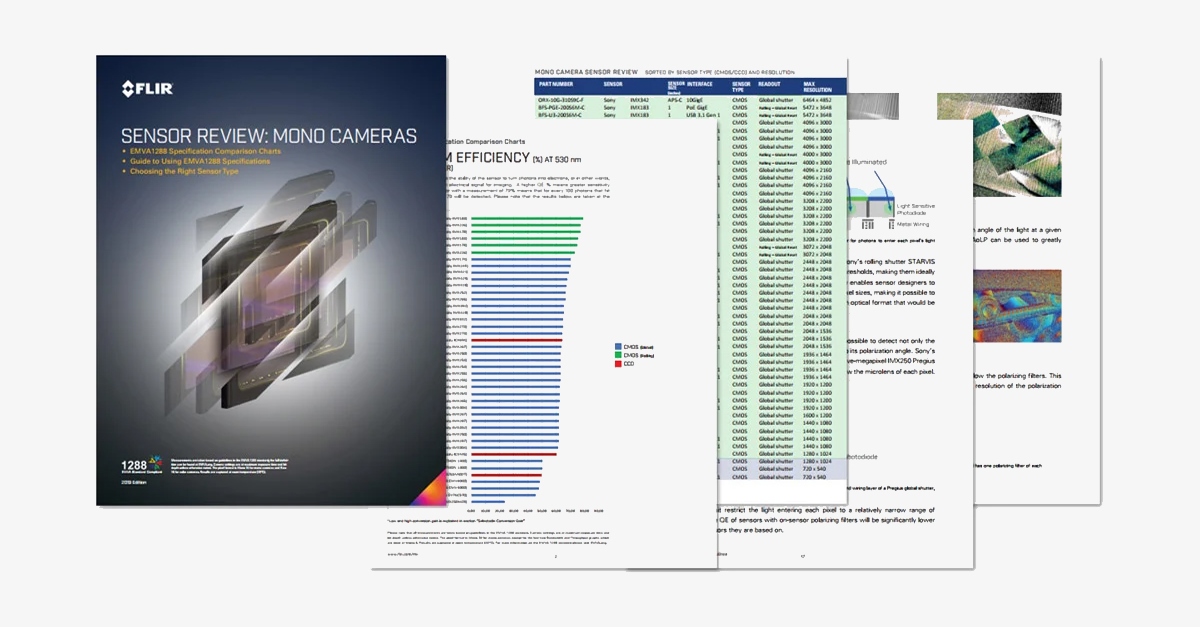
Machine Vision Sensor Review
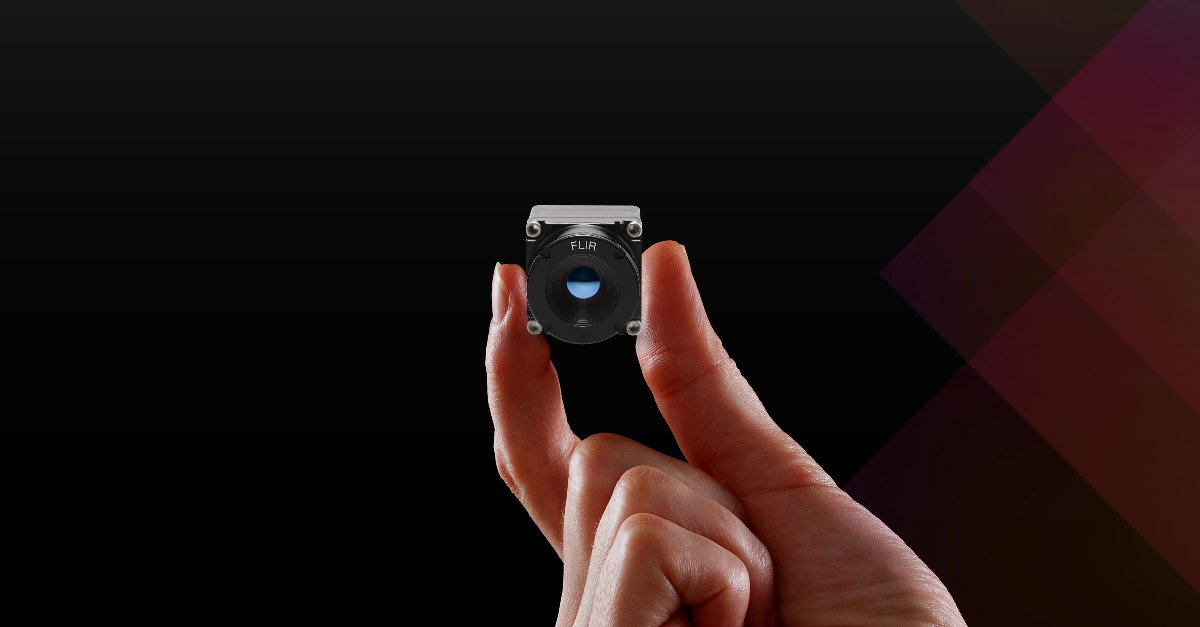
Teledyne FLIR, the Industry Leader, Launches Boson +, a Long-Wave Infrared Thermal Imager Module with an Accuracy of Less Than 20 mK

Whitepaper: IP-Based Security Convergence
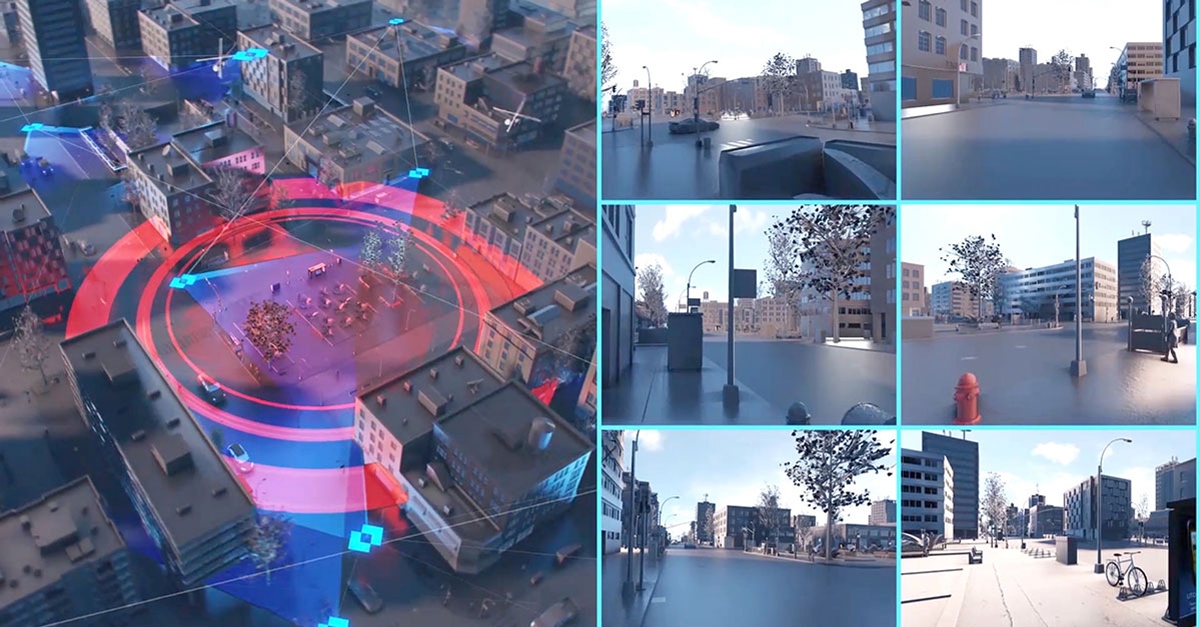
3 Technologies Transforming Safe Cities into Smart Cities

Insights from the Field: Ensuring Workplace Safety Using Thermal Camera Screening for Entry Control

Thermal Night Vision as a Force Multiplier

Can Thermal Imaging See Through Walls? And Other Common Questions
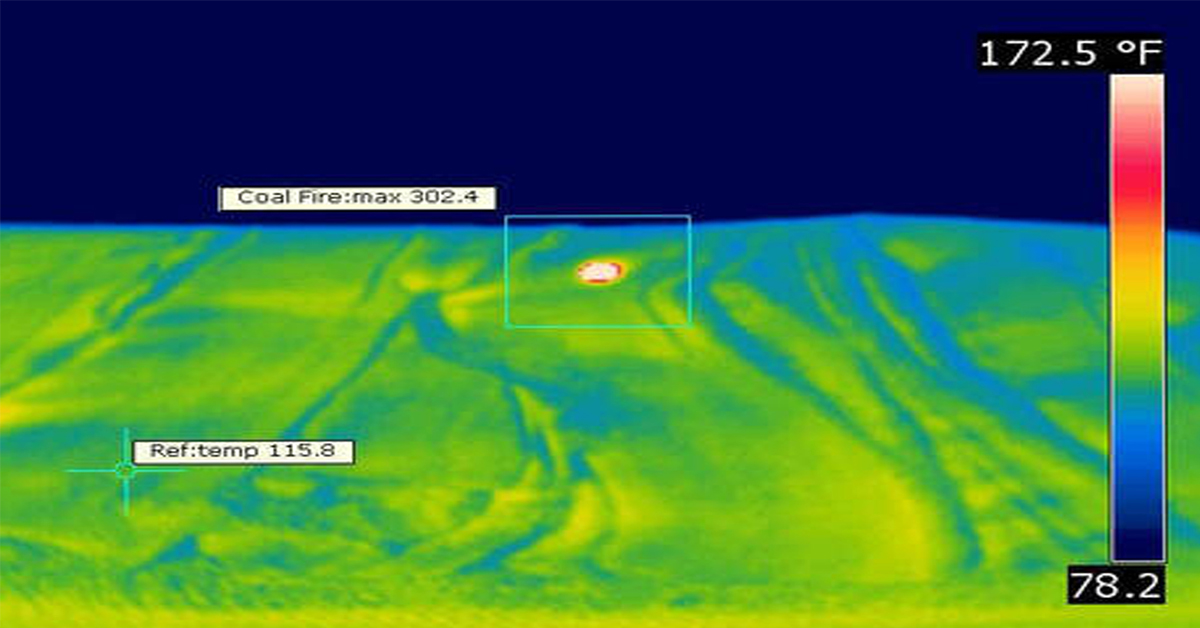
Application Spotlight: Early Fire Detection for Rapid Heat Generation

Protect Personnel and Equipment by Detecting Early Signs of Fire
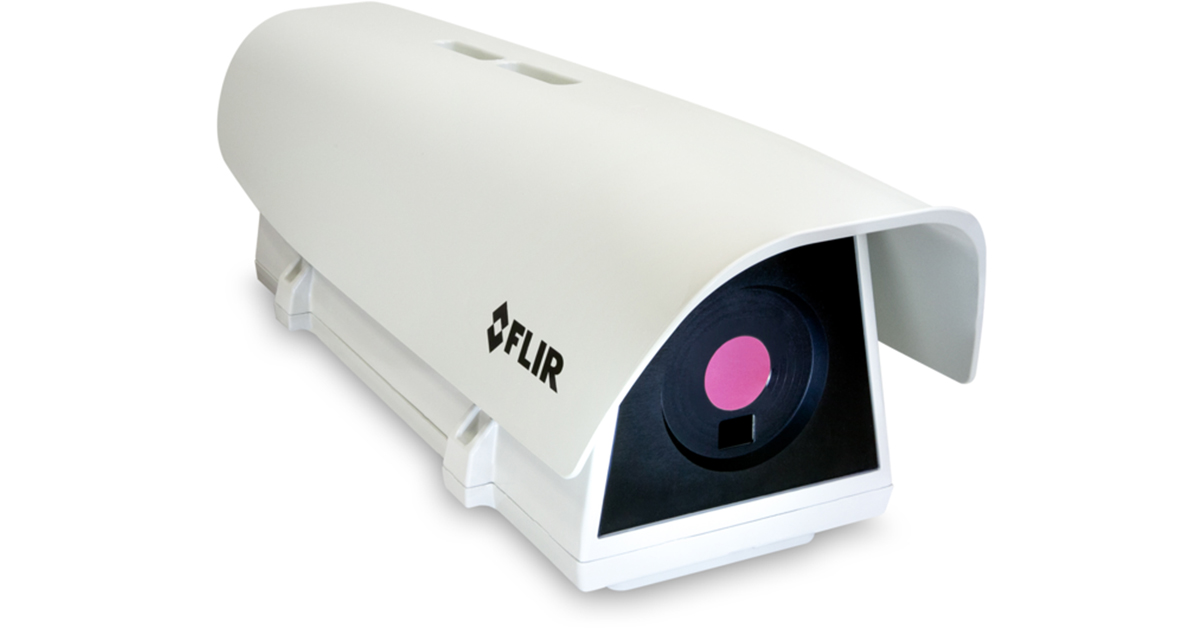
Teledyne FLIR Launches A500f/A700f Cameras for Fire Detection and Condition Monitoring

Thermal Imaging Cameras Help Guarantee Fire Safety in Tunnels
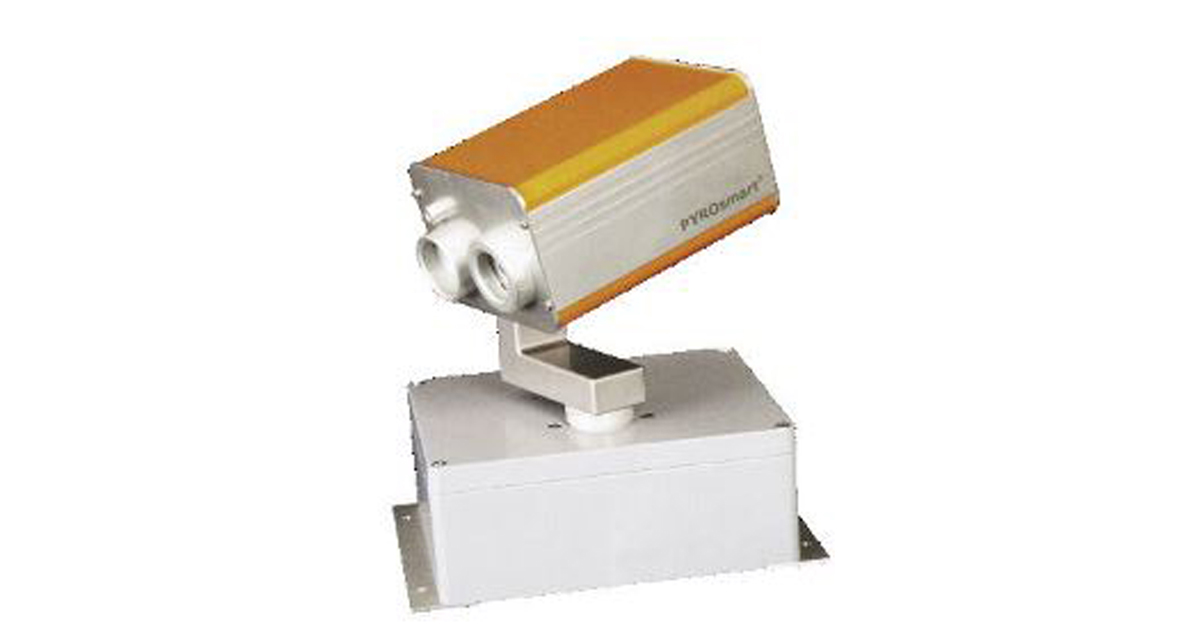
Thermal Imaging Cameras Help to Prevent Fires
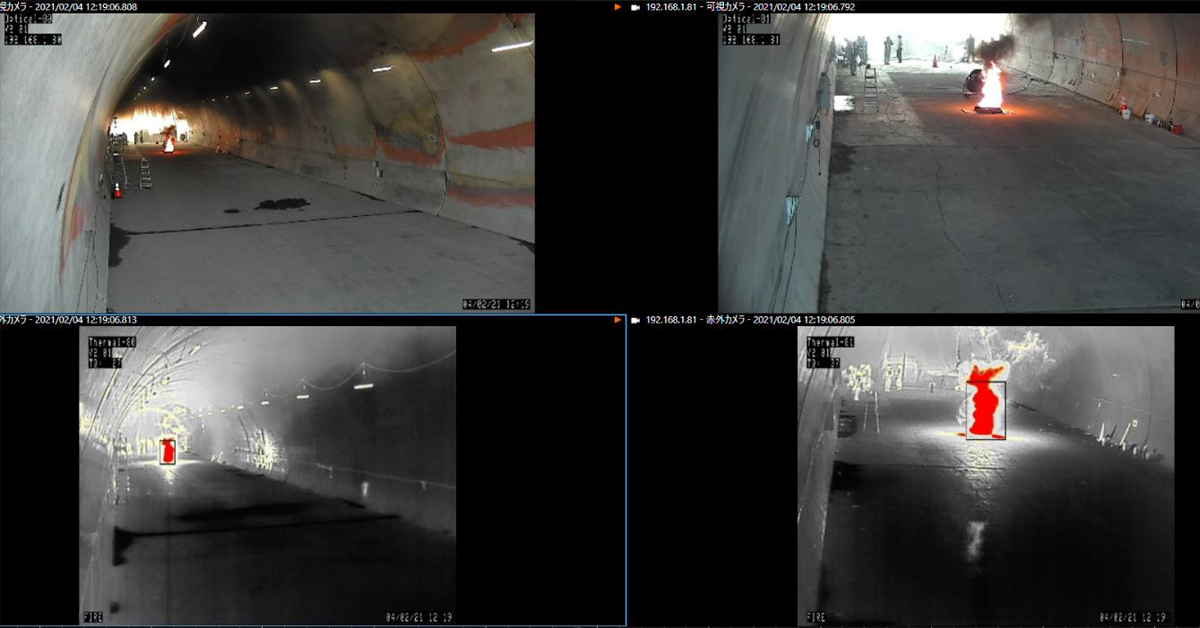
ITS-Series Dual AID Surpasses Standards for Fire Detection Systems in Japan
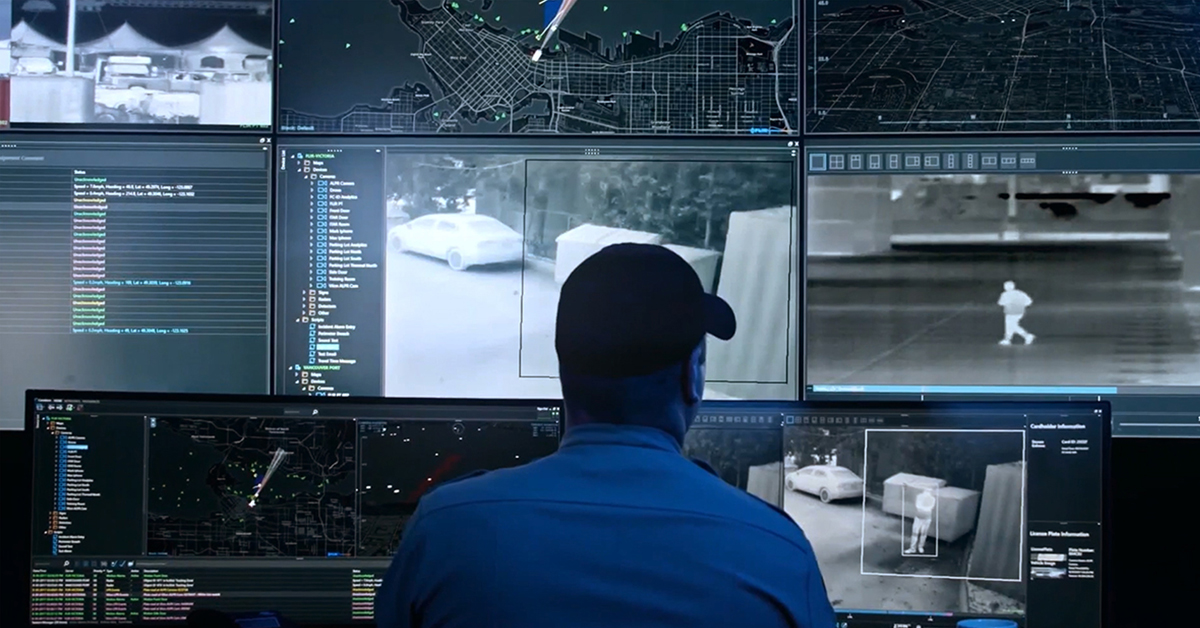
How Layering Multispectral PTZ Cameras and Radars Improve Perimeter Protection

POWER REMOTE RESET TECHNOLOGY - PRRT

Why Yacht Owners are Adding Thermal Imaging Cameras to Minimise the Risk of Lithium-Ion Battery Fires?
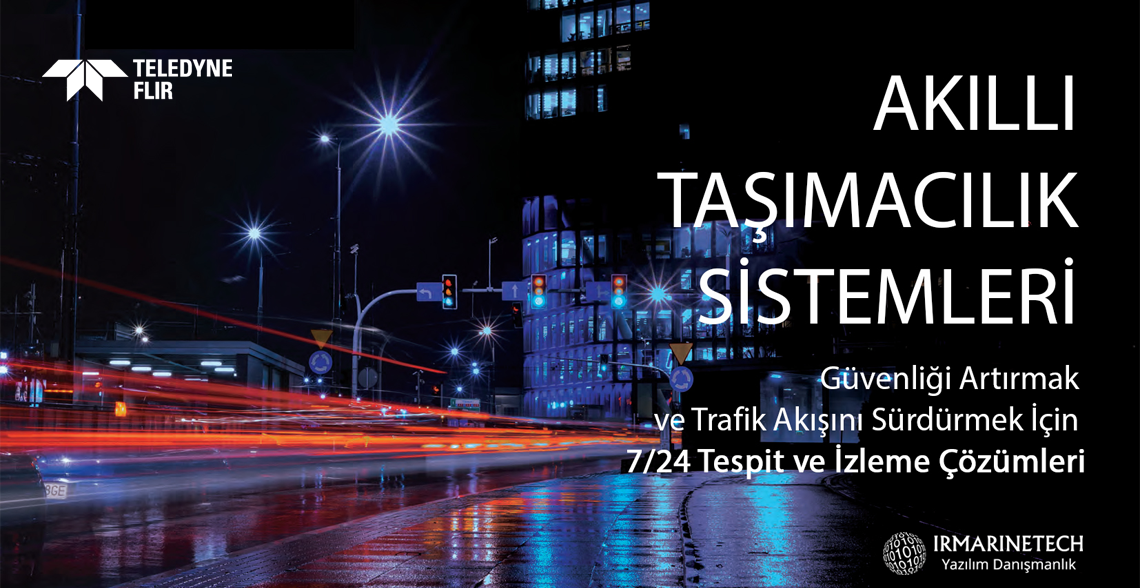
Intelligent Transportation Systems
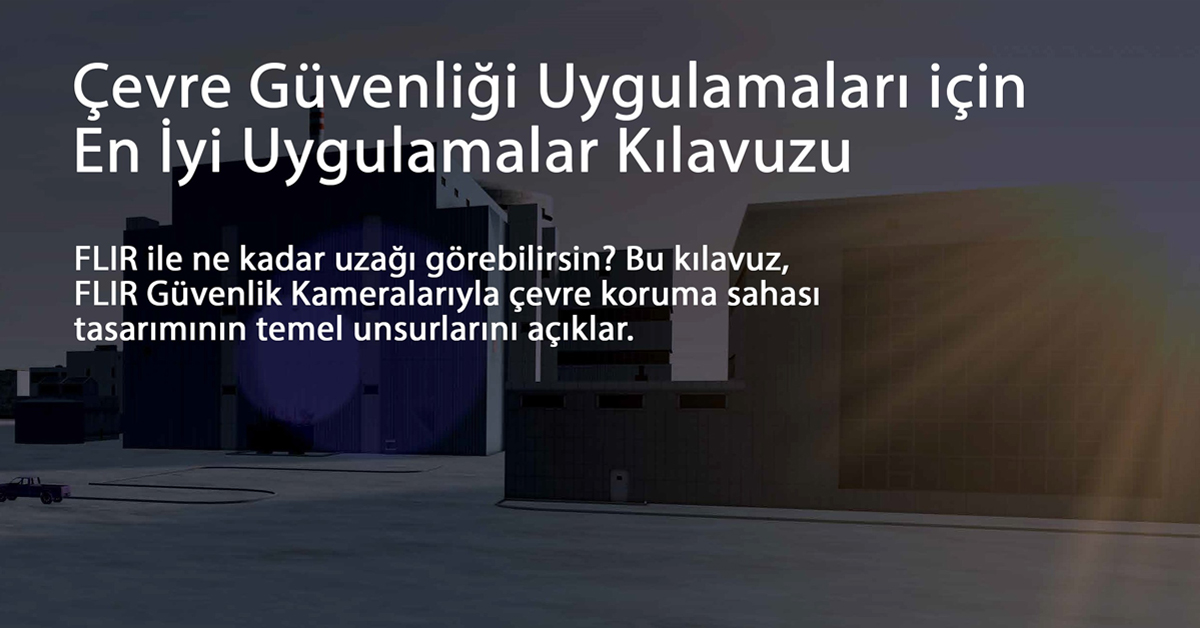
Best Practices Guide for Perimeter Security Applications

Protect Pedestrians, Bicyclists and More with Thermal Smart Sensors

White Paper: Application of Ground-Based Security Radar to Perimeter Systems

What is Thermal Leakage and How to Reduce Its Risks
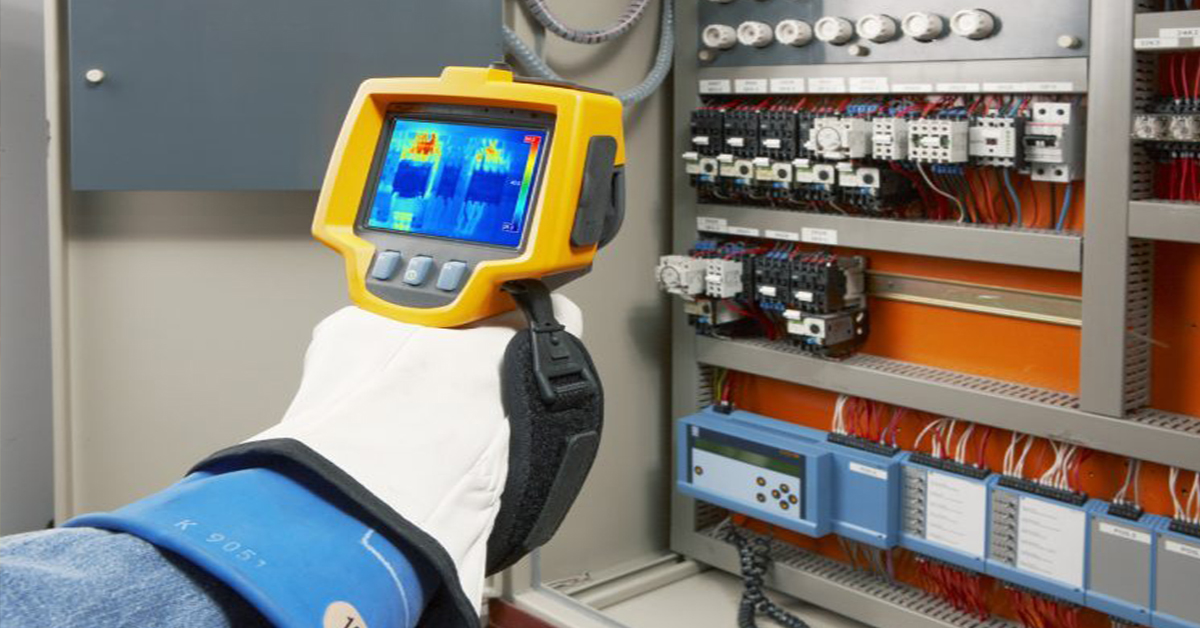
Battery Inspection Using Advanced Thermography

Providing ire Protection for Lithium Battery Storage
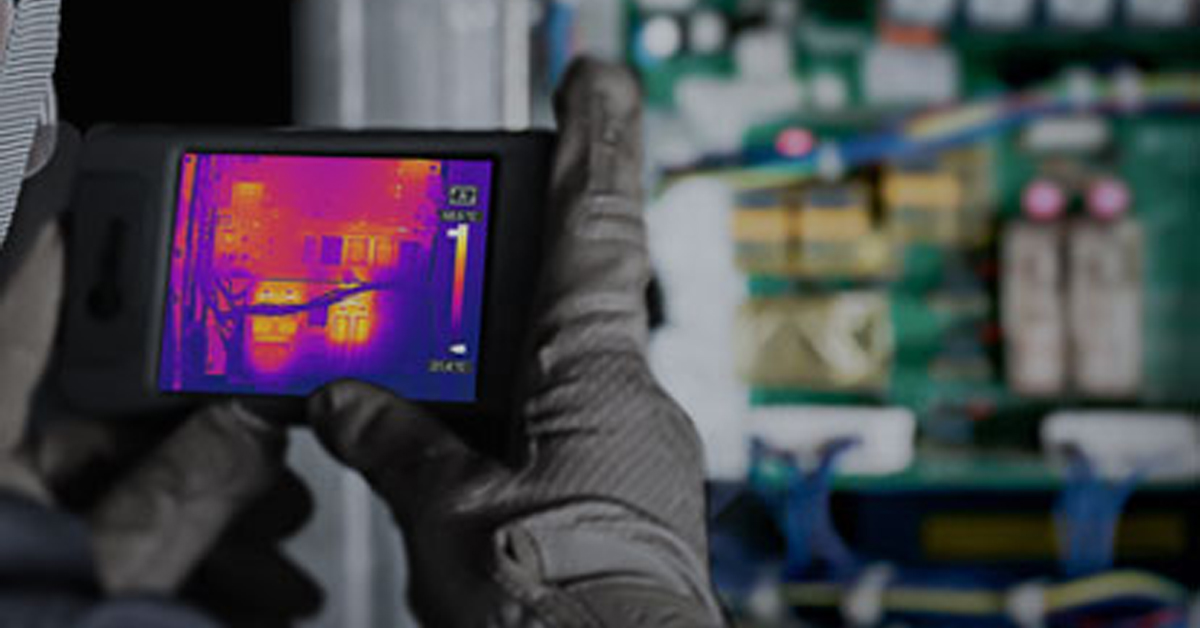
The Power of Thermal Imaging
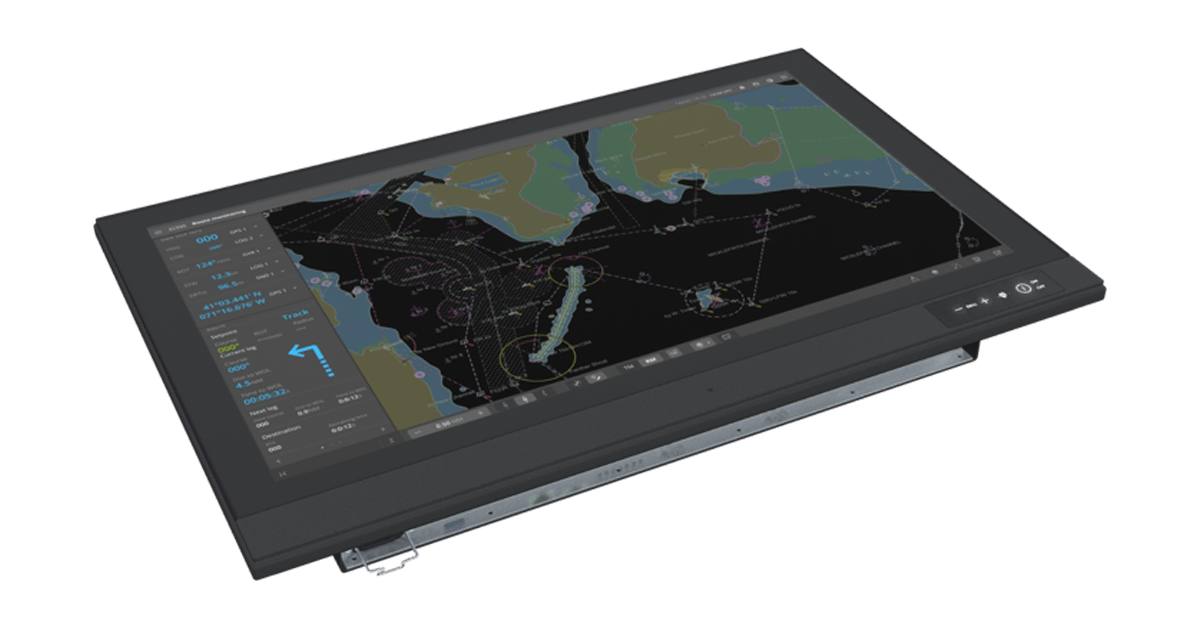
Why Panel PCs Are Perfect For Industrial Applications?
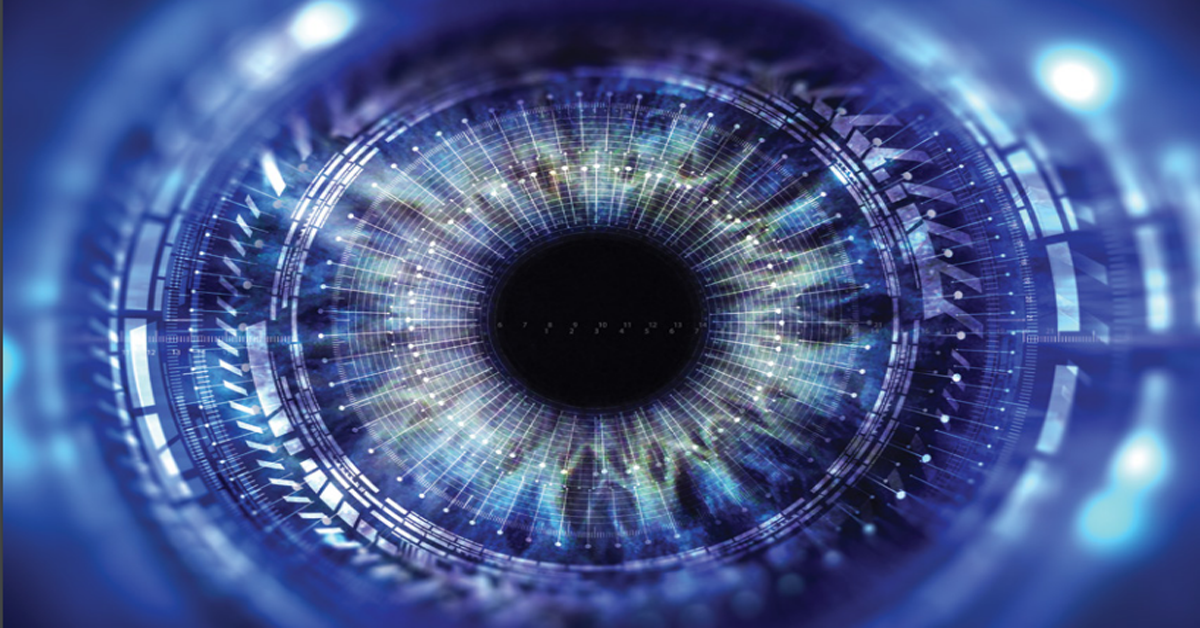
Teledyne DALSA
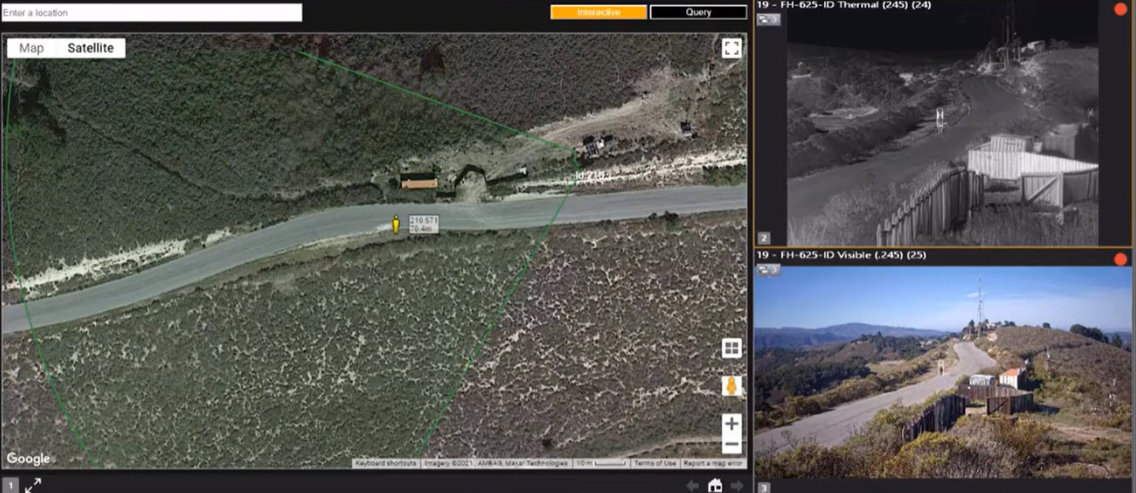
Advantages of Virtual Barrier Video Analytics for Perimeter Security Systems


NASA Takes the Teledyne FLIR Boson Thermal Camera Module Out of this World

Port Security Enhancement: DP World Yarımca's Trust in FLIR Security Solutions for Effective and Safe Port Operations
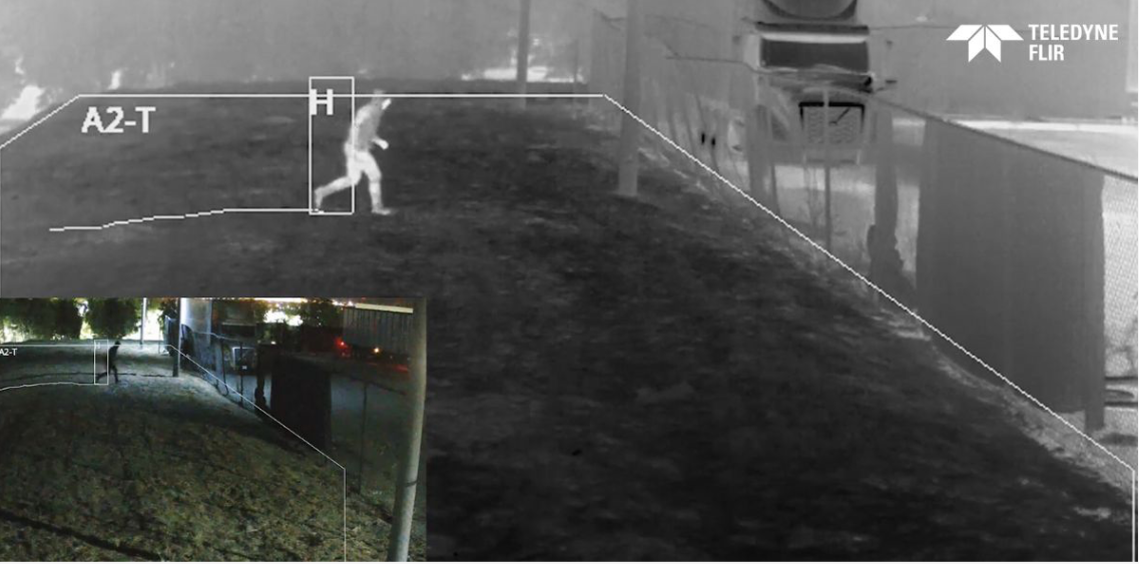
The Importance of Thermal Sensitivity (NETD) for Detection Accuracy

Bosphorus Boat Show 2025: The Meeting Point of the Maritime World
